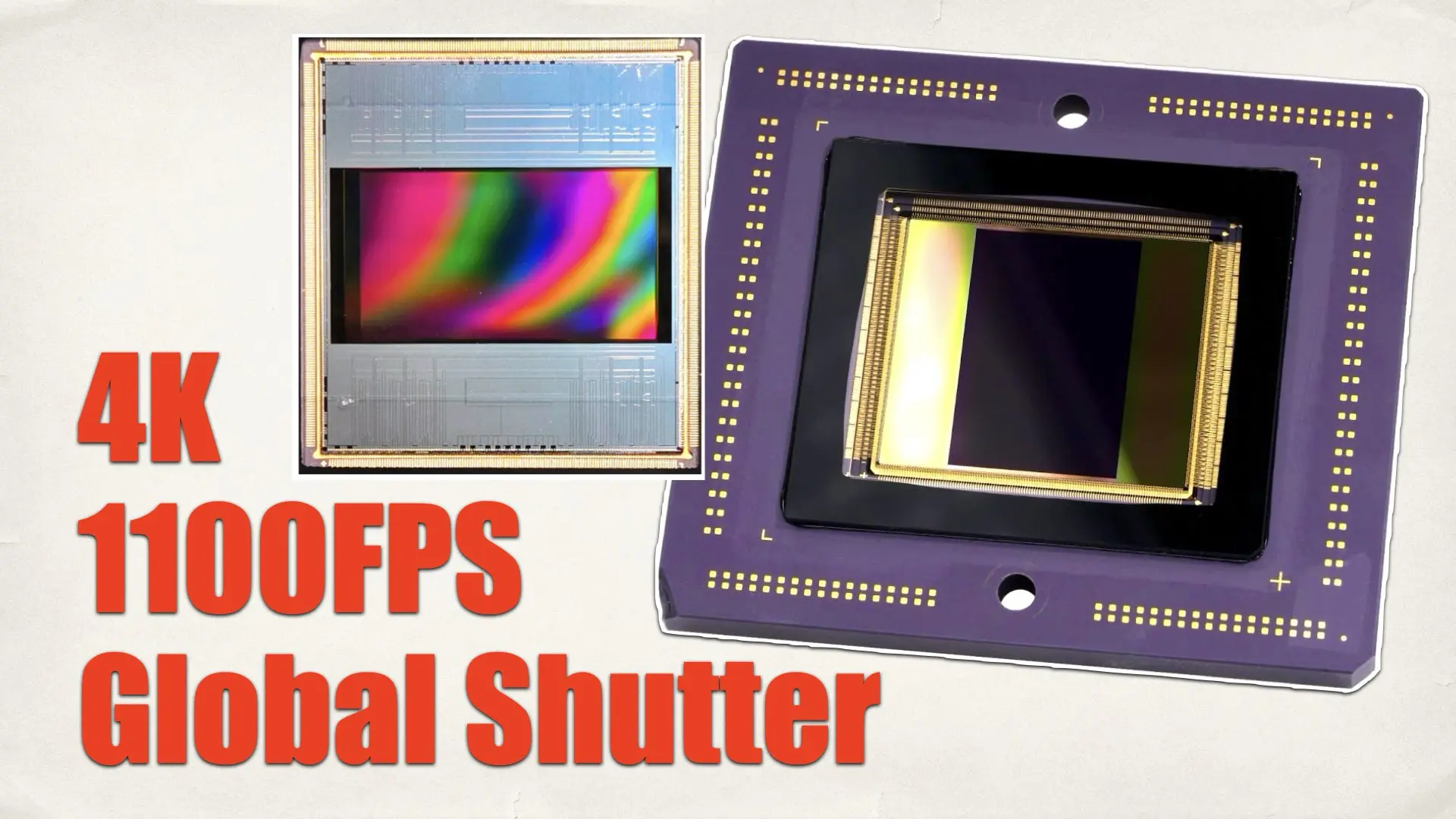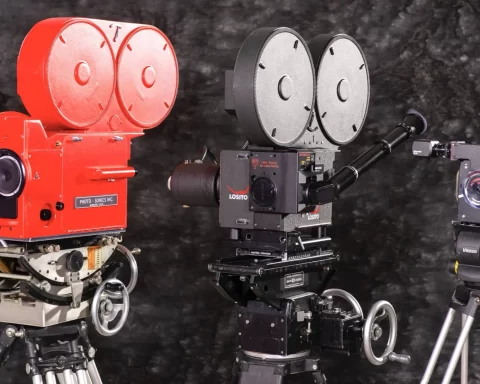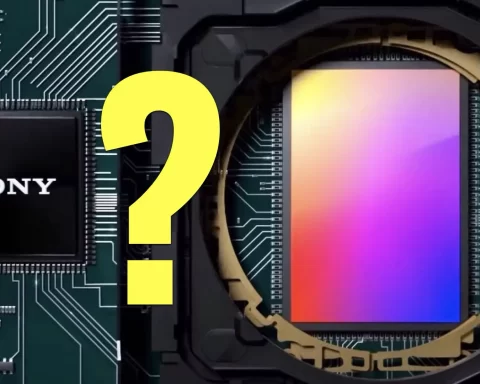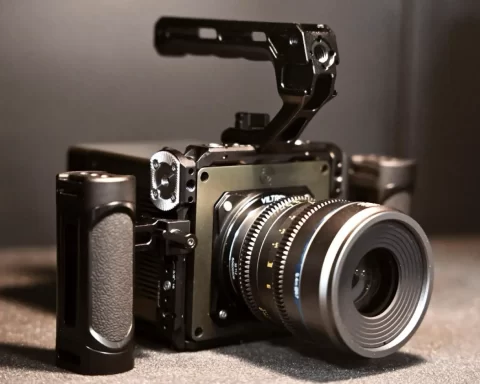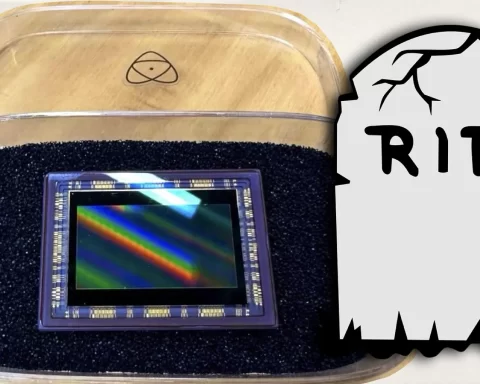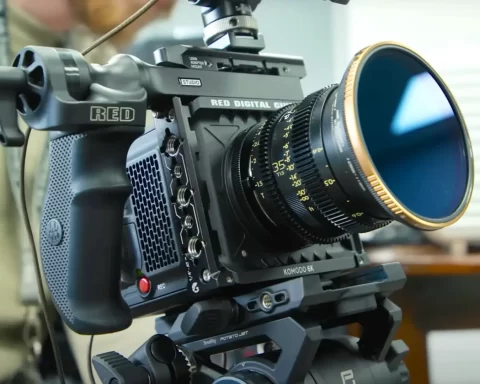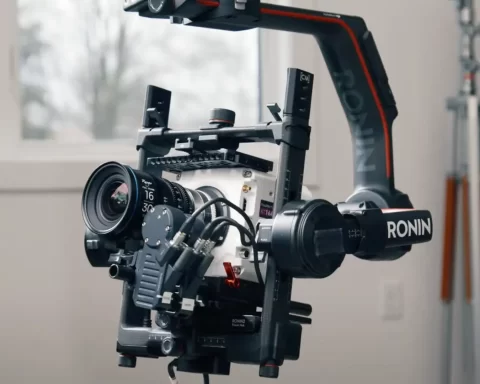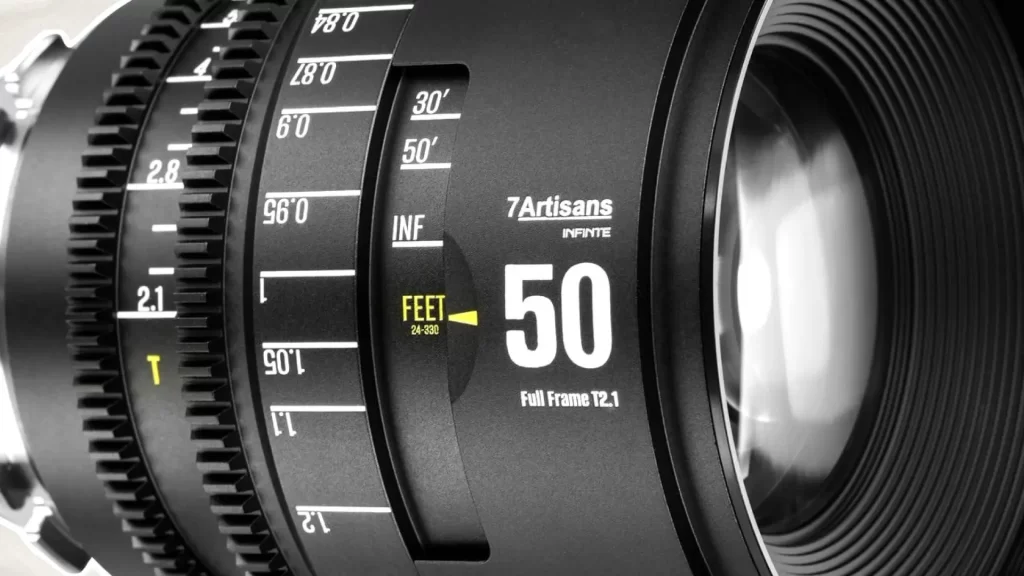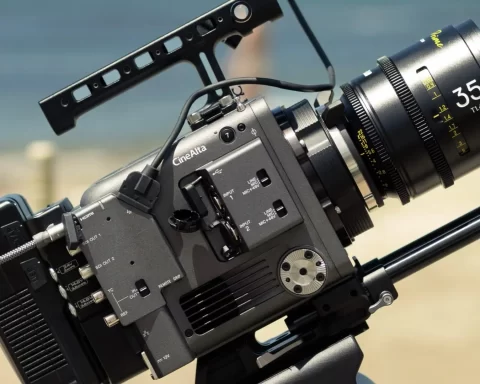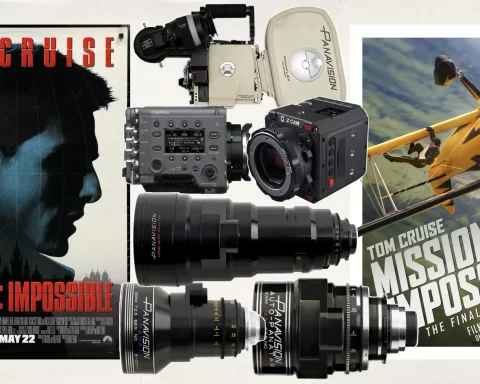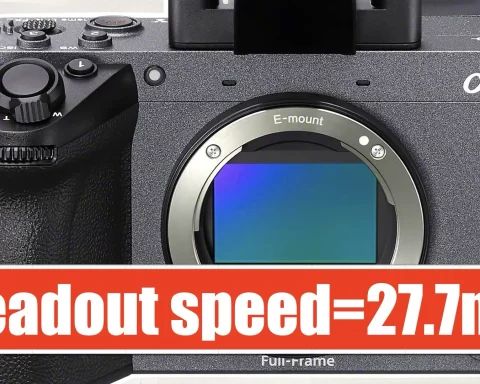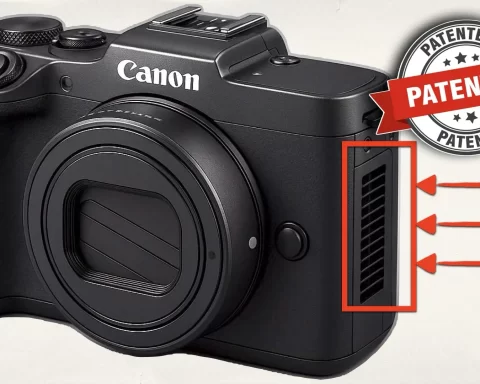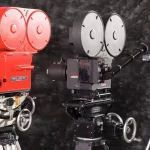Forza Silicon — the company behind the mighty Big Sky sensor — has quietly unveiled another imaging powerhouse that may help bridge the gap between machine vision and digital cinematography. The sensor, officially titled “High-Frame Rate Low-Noise Global Shutter CMOS Image Sensor for High-Speed Machine Vision,” boasts a rare trifecta in the imaging world: 4K resolution, 1100 frames per second, and a true global shutter. While developed with machine vision in mind, this sensor’s specs suggest it could easily find a second life inside the next generation of high-performance mirrorless or modular cinema cameras.
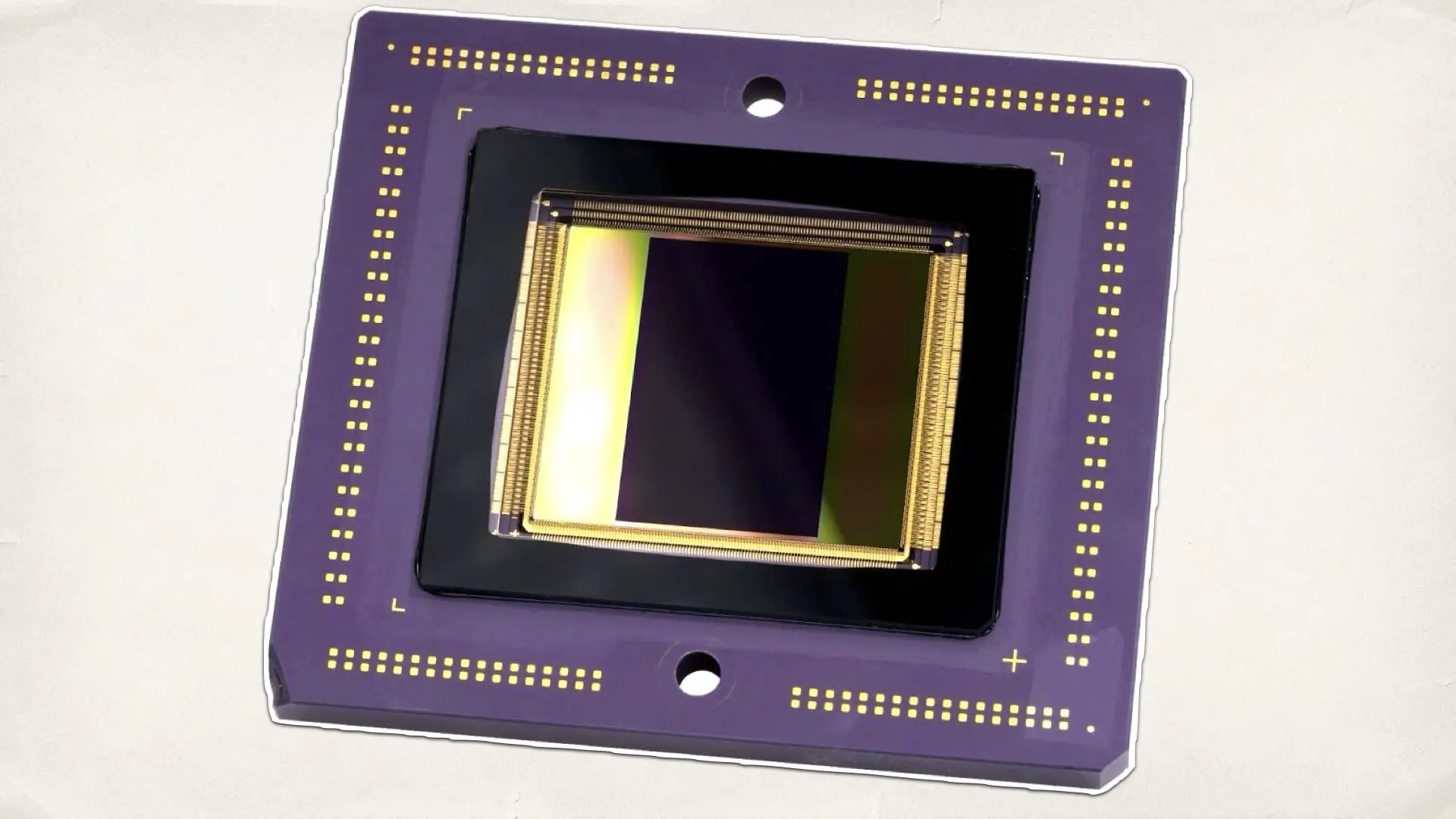
Global Shutter Without Compromise
Historically, global shutter sensors have come with major trade-offs: higher noise, lower dynamic range, and reduced image quality compared to rolling shutter counterparts. But Forza’s latest design turns that notion on its head. Built using a 65nm backside-illuminated CMOS process, the sensor captures 3840×2160 UHD resolution at 1100 FPS in 12-bit mode, and up to 1600 FPS in 8-bit. This is accomplished with dual-gain global shutter pixels (5µm pitch), achieving an impressive 3e⁻ read noise in high-gain mode. Dynamic range clocks in at 68 dB, equivalent to ~11.3 stops, which is highly respectable for a global shutter sensor.

Frame Rates That Push the Envelope
To put this in perspective, most high-speed cameras sacrifice resolution or bit depth to achieve extreme frame rates. Forza’s sensor does neither. Using an efficient readout architecture and 16 CML output ports running at 7.44 Gbps each, it manages a total bandwidth of 119 Gbps, allowing full-resolution 12-bit readout at over 1000 FPS. And it scales beautifully. At lower resolutions like 640×480 (VGA), it reaches a mind-bending 8582 FPS at 8-bit and even 73,809 FPS in minimal readout configurations. This puts the sensor in the same high-performance bracket as cameras from Vision Research (Phantom), but in a potentially more compact and efficient form factor.
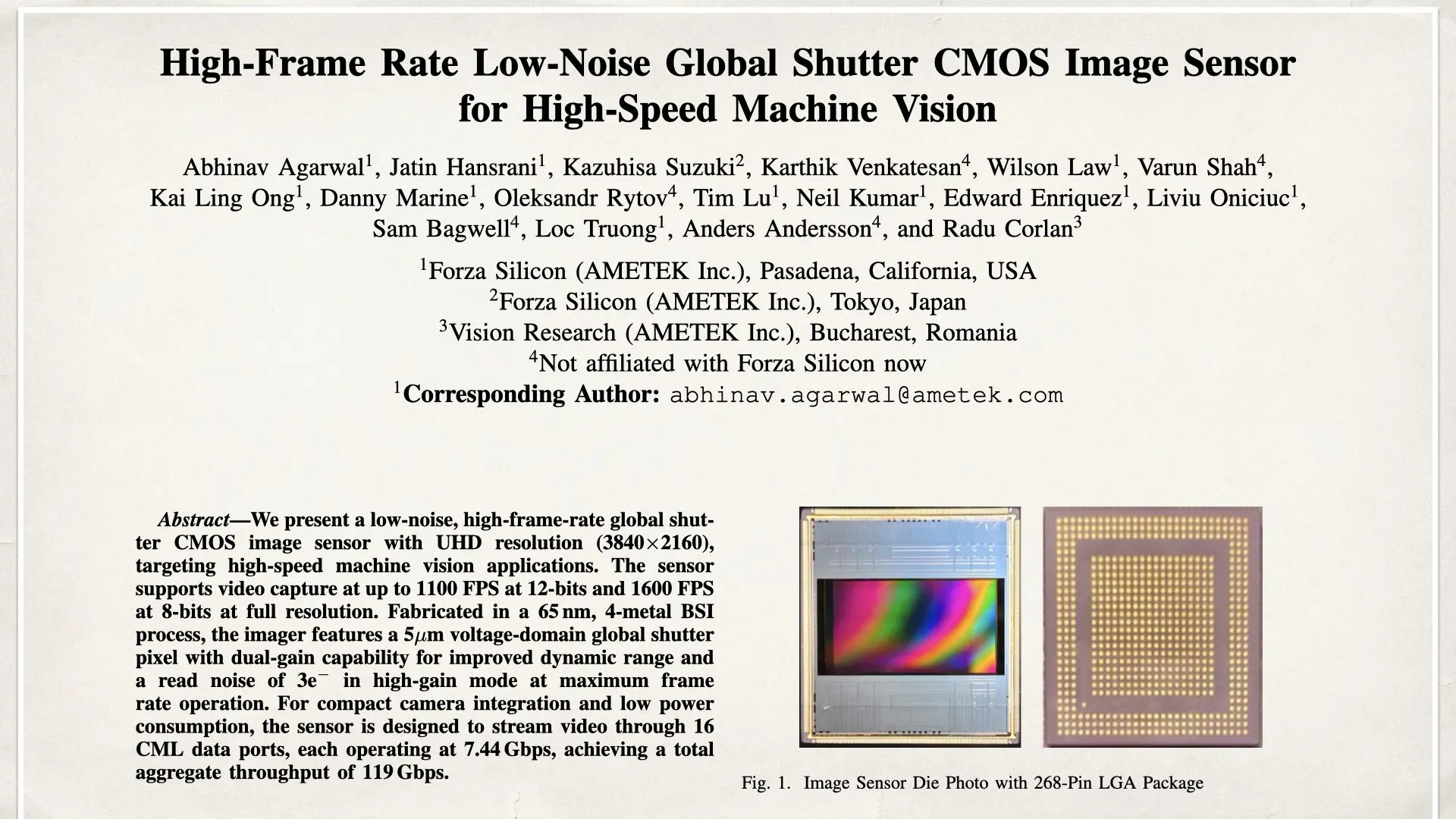
From Machine Vision to Cinematic Precision
Although targeted at high-speed industrial and scientific imaging — such as robotics, crash testing, and microscopy — the sensor is tantalizingly close to being a cinematography-ready global shutter platform.
It features:
-
Dual CDS/non-CDS modes for balancing noise and speed
-
Region-of-interest windowing and subsampling
-
Selectable bit depths (8/10/12-bit)
-
SPI and external/internal trigger support
-
Power consumption of ~5.5W, manageable for cooled modular systems
These characteristics, along with its low noise and impressive quantum efficiency (up to 73% in green), suggest a clear pathway into high-end digital cinema. And given Forza Silicon’s pedigree — they’re the same team b Forza Silicon unveils a 4K global shutter CMOS sensor capable of 1100 FPS, bridging industrial imaging and cinematic potential. Could this tech shape the future of high-speed digital cinematography? Behind the sensor used in the mysterious Big Sky camera that rocked the high-end imaging world — it’s no stretch to imagine this sensor appearing in a future mirrorless cinema hybrid or compact global shutter cine rig.

AI, Machine Vision, and the Cinematic Future
The blurring lines between machine vision and cinematography are becoming increasingly clear. AI-enhanced autofocus, object tracking, volumetric capture, and real-time VFX workflows all stem from advancements in machine learning and industrial imaging pipelines. A sensor like this, originally designed for precision robotics and AI vision systems, could enhance dynamic scene understanding, motion prediction, and perfectly synchronized multi-cam arrays in filmmaking. It could even help streamline real-time LED wall tracking or virtual production pipelines where motion artifacts are unacceptable.
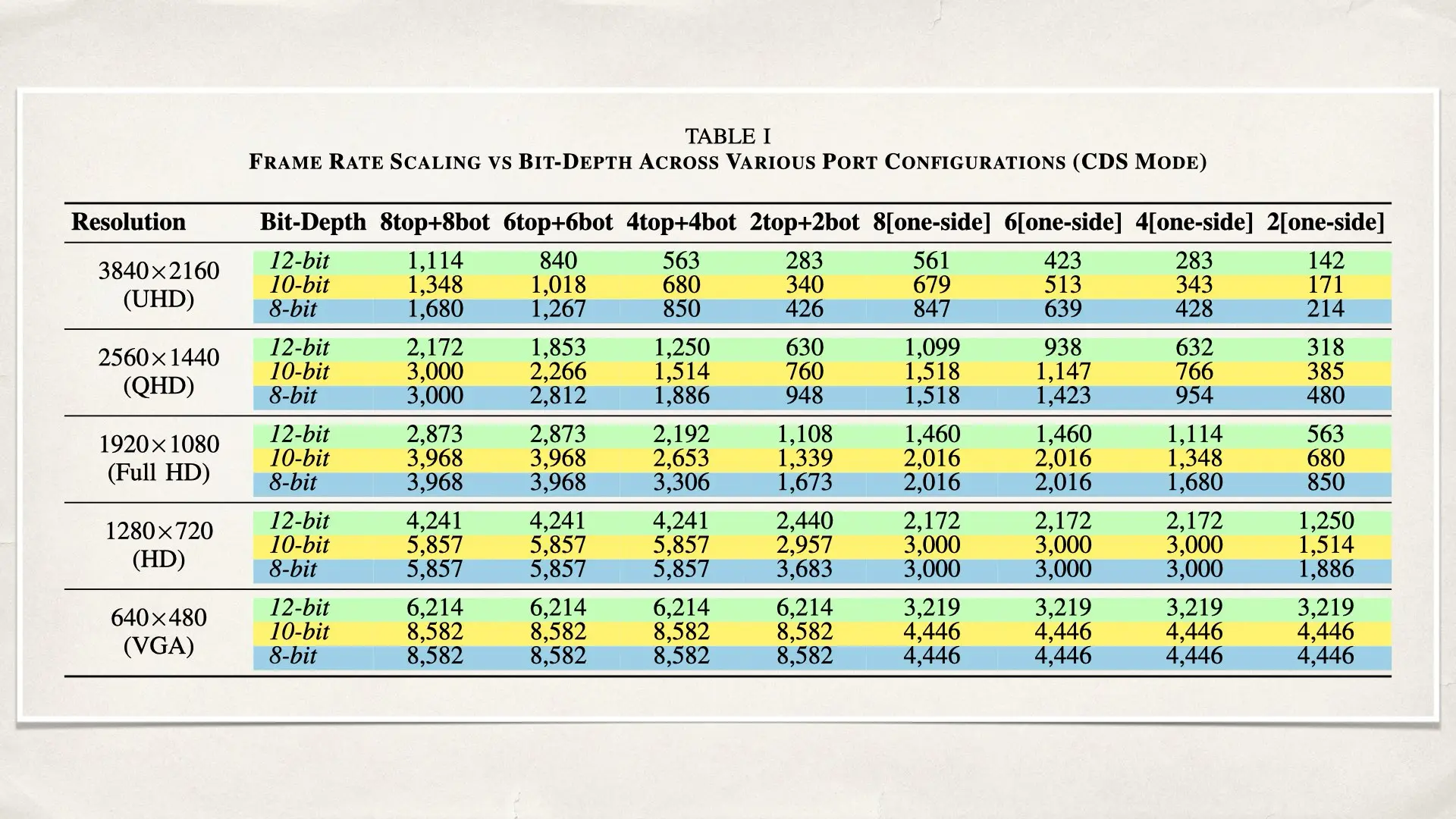
Final Thoughts
While this sensor isn’t designed explicitly for cinematic applications, its technical profile offers clear overlaps with the needs of modern digital cinematography — especially in areas like motion clarity, dynamic range, and high-speed capture. Global shutter performance with low noise is still relatively rare in cinema, and industrial sensors like this one show that the technology is maturing in ways that could benefit filmmakers. However, transitioning from machine vision to a cinema-ready sensor isn’t seamless. Key differences remain, including color science, image processing, power efficiency, lens mounts, and form factor requirements — all crucial for real-world production use. Nonetheless, companies like Forza Silicon are developing core technologies that may serve as the foundation for future cinema sensors, either directly or through adaptation by camera manufacturers. This sensor may not appear in an off-the-shelf mirrorless camera tomorrow, but its innovations in speed, global shutter architecture, and low noise design represent an important step in closing the gap between industrial imaging and cinematic storytelling. It’s a space worth watching — especially for those who track the technical evolution behind the scenes of image-making.
Related Article:
This is the Sensor of the Big Sky Camera

